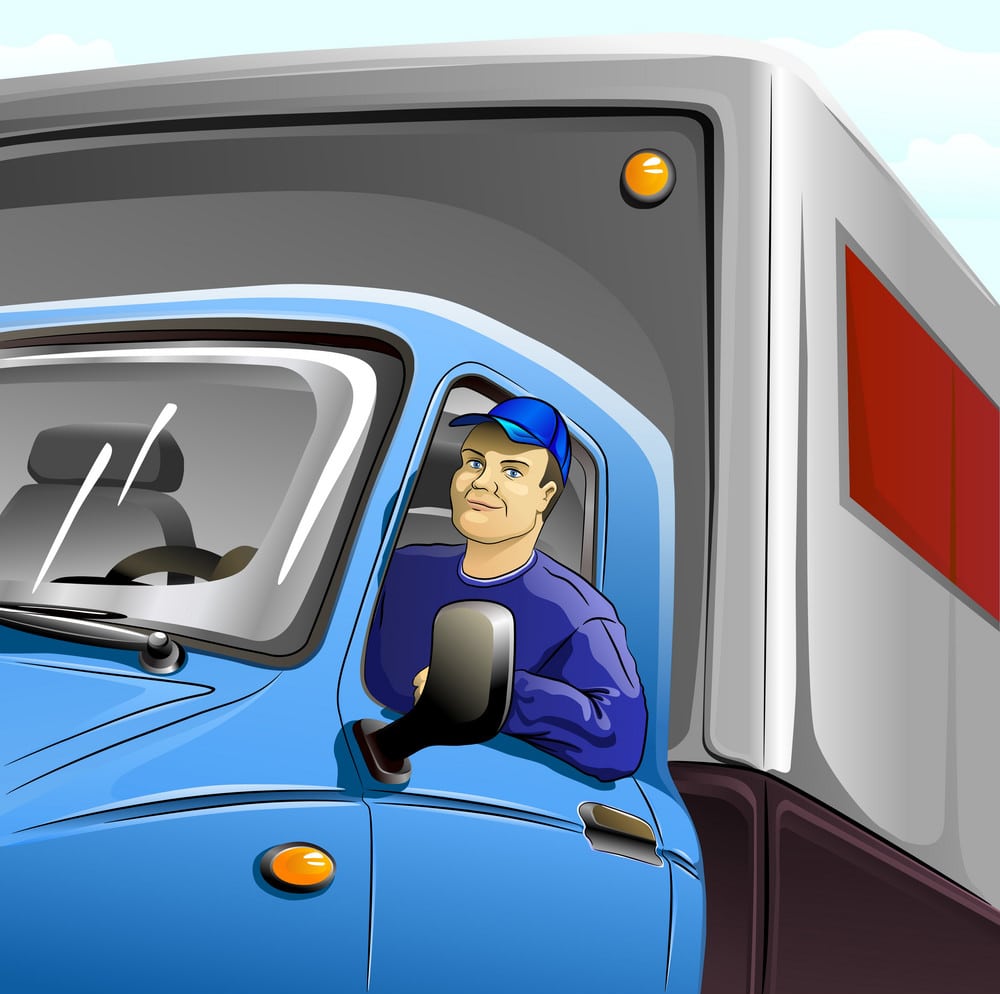What Is Expected On A CDL Road Test
There is no better way to prepare for a CDL road test than to know what to expect. At least, you won’t be surprised and your only concern should be to practice and get a hold yourself. Full disclosure; the CDL road test is tougher than the regular driving test. In most states, you will be expected to pass through three stages; pre-trip inspection, road test, and backing test. Now let’s get down to the nitty-gritty, shall we?
Pre-Trip Inspection
The first part of the CDL road test involves the examiner telling you to perform an inspection on your truck, trailer or bus. It’s all about what you can see and deduce. Be ready to inspect the engine compartment, coupling system, lights, trailer suspension, in-cab, driver door fuel area, and the brakes. The pre-inspection is usually divided into 4 sections and you’re allowed a maximum of 30 deduction points. Of course, it could vary depending on the state, but that is usually the common criteria.
Apart from knowing the basic parts of a trailer or a bus, you should know how to check if everything is in order. For instance, can you tell if all the lights are working? Remember, you should also inspect the reflector and reflective tape. Whatever the case, during the pre-inspection, you may be requested to check if some parts are properly mounted, secured and clean with no signs of cracks or damage.
Suffice to say, if you want to pass the pre-trip inspection, you should train your muscle memory to pin-point and check crucial parts such as the coolant reservoir, belt-driven alternator, oil reservoir, power steering fluid reservoir, air compressor, power steering pump, gearbox, steering column, airbag, brake drum, brake chamber, fuel tank drive shaft and pitman arm.
The bottom line: You should cover all the bases.

The Backing Test
The backing test can be either the second or third part of the CDL road test depending on where you take it. Anyway, there are some common backing maneuvers that you will be expected to perform even if you’re in an alternate universe. Definitely, you will be told to back up on a straight line without hitting any cones.
Afterward, expect to do offset backing which is done by driving straight forward and backing into a space on the right or left side. If you think that is hard, wait till you’re told to perform the alley dock maneuver by reversing at a 90-degree angle into an alley without hitting anything.
Finally, there is the parallel parking maneuver that even experienced truck drivers take a while to completely master. Basically, you will be required to park your trailer or bus inside a marked box. Don’t be surprised when you’re told to park both on the left and right side.
Don’t forget: Time is of the essence and you will be timed how long you take to perform each maneuver.
The Road Test
For this stage of the test, you will have to drive out of the exam center into public roads where traffic is unpredictable. Count on it; you will be taken to any nearby highway, intersection, bridge overpass, urban area, and railway crossing. The objective is to assess how you relate to real-time traffic and road rules in your area.
Do you check for traffic in all directions? How often do you check your mirrors? How do you hold the steering wheel? Such questions will be answered by the examiner during the road trip. Since you will be driving a heavy truck, trailer or bus, you may be asked the posted weight or height clearance once you reach a bridge overpass. Also, be ready to identify different traffic signs and explain the meaning.
Beyond that, the examiner may tell you to pull over to check for something. If you’re on course for a bus endorsement, you will be expected to demonstrate unloading and loading procedure. Otherwise, those driving trailers are required to stop on a designated roadside to showcase their stop and start awareness skills.
Another thing; you should drive according to the road rules and regulations of your state. For example, in California, you aren’t allowed to drive less than 10 MPH under the speed limit. That means that if you drive too slowly on a fast lane, you will probably get a failure.
Pass or Fail?
After everything is said and done, you will be informed by the examiner if you got a pass or fail. Typically, an examiner will give you a fail score if you make more than 30 errors. However, some serious mistakes can get you an automatic fail.
On the bright side, you can get many chances to retake the CDL road test if it doesn’t go according to plan. Then again, you can know what to expect and practice intensively like your life is on the line.
